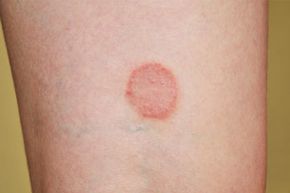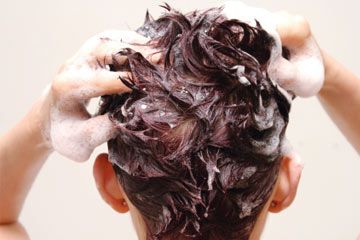Like many other skin conditions, lichen planus is a bit of a mystery. No one knows exactly what causes it. What we do know, however, is that it's irritating, and it can also be unsightly. The disease is characterized by a rash with reddish-blue bumps that are flat on the top. It can affect any part of your body, including your genitals and sometimes even the inside of your mouth. More often than not, however, it affects the areas on the underside of your wrists or around your ankles [source: American Academy of Dermatology].
Lichen planus is fairly easy to identify because its color, often described as violet, sets it apart from similar skin conditions like eczema and psoriasis. Depending on the person affected, it might itch intensely or just a little. Unfortunately, there is no cure for the disease. There are, however, treatments that can help relieve that itching and reduce the appearance of your rash. They range from over-the-counter antihistamines to ultraviolet light therapy. In most cases, lichen planus will eventually go away on its own, but that can take anywhere from a couple of weeks to a couple of years. The good news is that, aside from the itching, it won't do you any harm [source: Berman].
Advertisement
There are several theories about what may cause lichen planus, but the actual reason remains unknown. There are certain medications that cause an identical rash, whereas other conditions put people at a higher risk of developing the disease. Unfortunately, neither of these clues has shed any light on the mystery surrounding lichen planus. While anyone can develop the disease, more than two thirds of those affected are middle-aged adults [source: Chuang]. Occasionally, lichen planus may affect your nails as well. It can cause grooving, splitting and in extreme cases nail loss. There's a chance that your nails could suffer permanent damage, but this is very rare [source: American Osteopathic College of Dermatology].
Keep reading to find out more about what may cause lichen planus.
Advertisement

